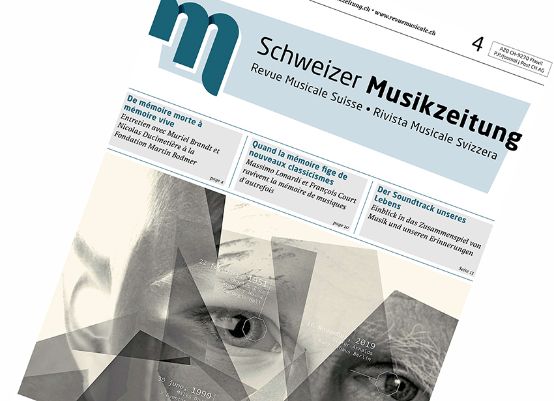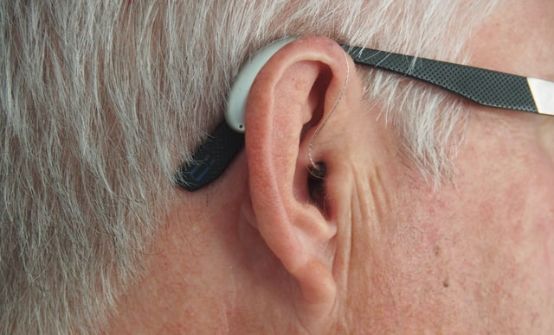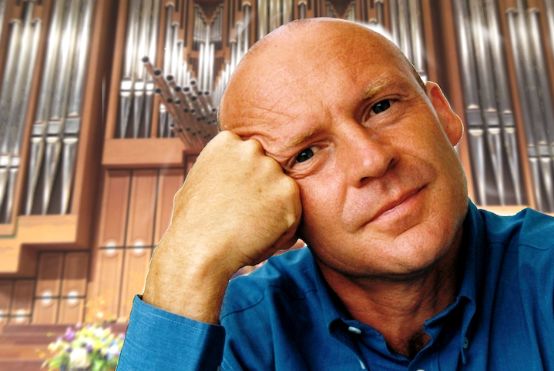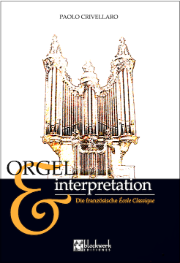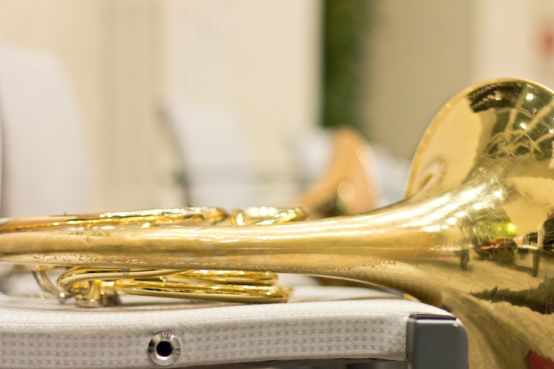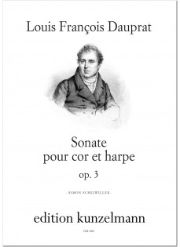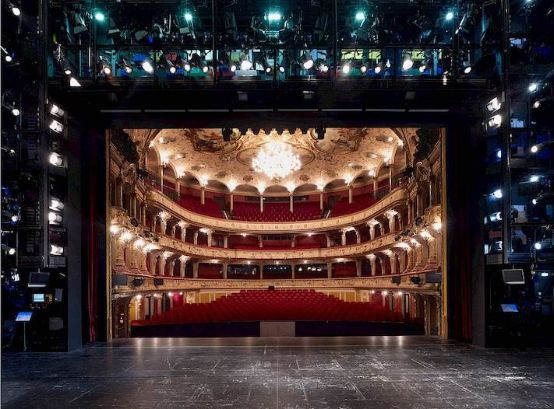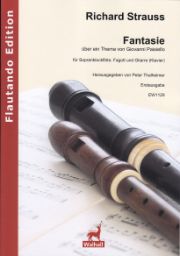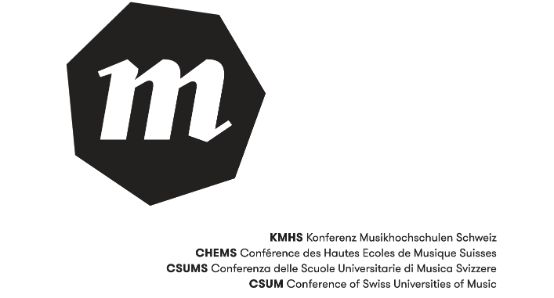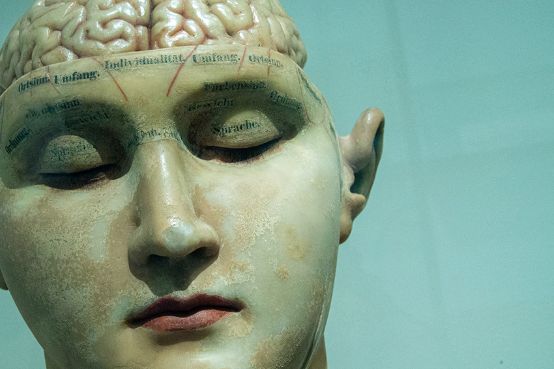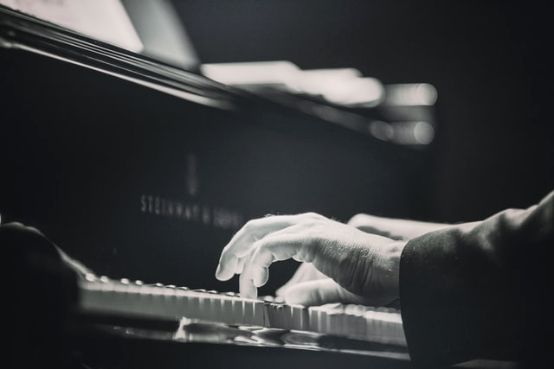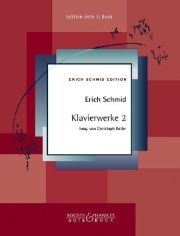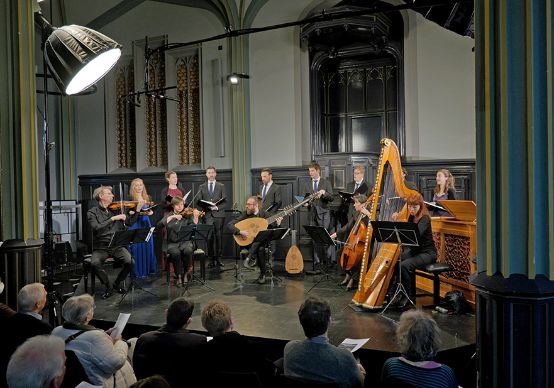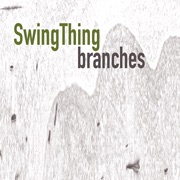We often donʼt think about the nature of our "memory" unless we are directly confronted with how much we rely on it for our knowledge and sense of identity. The experience of intensely cramming for a test but then blanking in an exam, the awful anticipatory grief of losing a loved one to dementia, or the sudden impact of a traumatic brain injury are all examples that demonstrate how important, yet vulnerable our memories can be in relating to ourselves and the world around us. Yet, when we think about the soundtracks of our lives, music provides a potent connector to our solo, scholarly and social selves. In this article, I share an overview of the ways in which music is connected to our short term, working, and long term memory.
Short term memory
Starting (perhaps) at the beginning, our short term memory (STM) is the key to understanding how we learn. STM lasts approximately 20-30 seconds and is quite limited in capacity. Studies show an average of only 7 ± 2 items can be maintained as we try to take in new information.
In psychological testing verbal tasks such as the forwards digit span test can help us understand if there might be a problem with auditory STM. Digit span tests involve asking a person to repeat a sequence of numbers (digits) that increases until the limits of correct recall are reached. In the forward test, the same order is requested (e.g., 2, 7, 4, 9), whereas with backwards test, the correct reverse order is required (i.e., 9, 4, 7, 2). This may be important for example, when considering how a child with special educational needs may use music to help with learning (e.g. using short repetitive musical phrases to aid memory).
Working memory
A seemingly similar task, the backwards digit span test, can help us understand if there is a problem with working, rather than STM. Working memory does overlap with STM. But, as the name implies, it is more focused on manipulation of information and is important for problem solving (e.g., doing mental arithmetic). Working memory therefore requires some elements of recall from previously encoded information.
In terms of music, auditory information is thought to be processed via a phonological loop (a sort of internal recording). The phonological loop can be further divided into two parts: the "inner voice" responsible for verbal rehearsal and the "inner ear" responsible for speech-based storage. The ability to access these memory mechanisms are important in music, such as finding the right pitch to sing, or when transposing notes from one key to another. Understanding how auditory processing difficulties can be connected to developmental conditions (e.g., ADHD, dyslexia) can be an essential part of working out which type of musicing to use therapeutically.
Long term memory
In order to transfer information from short to long term memory we need to replay and process what the new information means in relation to older information. This way, we retain whatʼs important (and lots that doesnʼt always seem to be!), and (hopefully) recall pertinent memories as necessary. Retention requires encoding via mechanisms such as repetition (rote learning), chunking (collecting smaller "bite size" pieces of information together), and association (mnemonics). Some conditions such as sleep help, whereas other conditions (i.e., attentional interference) can hinder the process of memorization.
Music and lifespan
So how can music help, and when do we need to take care in case it doesnʼt?
If we think about our lifespan development, it is easy to see how music plays a part.
In the womb, we hear the sounds of our primary caregivers. And, once born, babies show preference for familiar vocalizations (and even content) compared to novel stimuli. As babies, we quickly learn that our vocalizations are the key to our needs being met. The way we communicate with babies (known as "Motherese") typically involves sing-song phrases such as "Hello beautiful baby!" that are paired with a smile. In relation to music and memory, at this stage, there are (at least) two cognitive mechanisms developing: statistical auditory learning and reward based associations.
Statistical auditory learning
Statistical learning is often studied in terms of language acquisition, but itʼs also the start of our musical enculturation - the effect whereby mere exposure internalizes the melodies, harmonies and rhythms of our cultures. The first song many of us learn for example, helps us learn the letters of the alphabet (explicit long term memory), but we are also implicitly internalizing musical structures using mechanisms such as repetition, rhyming, chunking and mnemonics:
ABCDEFG...HIJK - LMNOP...QRSTUVW...
Through the correct performance of nursery rhymes, we reinforce positive behaviors with praise and applause. A somewhat potent cocktail for those of us who are musically minded!
Musical training in childhood has been associated with differential brain development and accelerated learning (especially literacy and second language acquisition). However, studies have also shown that sound and music can interfere with memorization. Such interference seems to be particularly associated with lyrical rather than instrumental music, possible due to a dual-attention effect that favors familiar rather than novel semantic encoding. So, quiet places such as libraries are essential to help us learn, and it seems best to stick to instrumental music whilst studying.
The playlist of life
By this stage in life (adolescence), we are intensely developing our identities. "Who we are" involves music as part of our cultural practice, but also as part of the instinct to connect to others. Whilst some music lovers may painstakingly curate the tracks of their lives specifically to belong or rebel (thinks mods and rockers), and musicians must learn a repertoire many will never forget. Even the musically unengaged cannot completely close their ears to the sounds of their time and place.
All of the major events in our lives are accompanied by songs, whether its weddings or funerals, first dates or new-found freedom, major sporting or a national event. Soundtracks associated with event help form autobiographical memories, in particular between the ages of 10 and 30 years old. This period of potent musical memories (known as the "reminiscence bump") is also one of the keys to also understanding how music can help later in life.
Many of us have a time travel song. Mine is Come On Eileen by Dexys Midnight Runners. It takes me back to the moment of my first kiss at the school disco. It still makes me feel that strange mixture of hope and heartbreak as only bittersweet songs can do. And Iʼm sure if Iʼm lucky enough to live a long life, one day Iʼll hear that song on the radio, and it will bring a sparkle to my eyes. Such music evoked autobiographical memories (or MEAMs) are the basis of projects like Playlists for Life which have shown how music can be used as a non-pharmacological therapy to help people who are otherwise non-responsive to reconnect, not only to themselves, but also to their families and loved ones.
Whole brain involvement
The way the brain processes music is a whole brain phenomenon; music activates the auditory, motor and limbic areas. Music also triggers activity in prefrontal cortex - which is the last area affected by Alzheimerʼs disease, and why MEAMs are believed to be important for dementia care. But this is not the only condition of memory loss for which music is important. People who have suffered concussion or strokes that have left them with expressive aphasia (1) (the inability to express language) are often still able to sing songs they know. There are various therapeutic methods that co-opt aspects of singing to help rehabilitation to speech.
However, music and memory are not always happy bedfellows as anyone who has had an annoying earworm will know! Musical memory can be experienced in extremes as seen in musical savants. Or not at all as seen in those with either congenital or acquired amusia. This is a condition that effects 1% of the worldʼs population that not only involves the lack of ability to process pitch, but also lack of ability to remember musical phrases. So, itʼs important to think about how music and memory works so that we can understand how best to make the most of those mechanisms in terms of individual therapeutic music-based applications that can harness the soundtracks of our lives.
Footnote
1 Expressive (or non-fluent) aphasia is a specific type resultant of damage to the language dominant Broca's area in left hemisphere of the brain.
Useful References
Bigand, E., & Tillmann, B. (2022). Near and far transfer: Is music special? Memory & Cognition, 50(2), 339-347. https://doi.org/10.3758/s13421-021-01226-6
Belfi, A. M., & Jakubowski, K. (2021). Music and Autobiographical Memory. Music & Science, 4, 20592043211047123. https://doi.org/10.1177/20592043211047123
Garrido, S., Markwell, H., Andreallo, F., & Hatcher, D. (2021). Benefits, challenges and solutions for implementing personalized music playlist programs in residential aged care in Australia. Journal of Multidisciplinary Healthcare, 14, 1193. https://doi.org/10.2147/JMDH.S293764
Leggieri, M., Thaut, M. H., Fornazzari, L., Schweizer, T. A., Barfett, J., Munoz, D. G., & Fischer, C. E. (2019). Music intervention approaches for Alzheimerʼs disease: A review of the literature. Frontiers in neuroscience, 13, 132. https://doi.org/10.3389/fnins.2019.00132
Miller, G. A. (1956). The magical number seven plus or minus two: Some limits on our capacity for processing information. Psychological review, 63(2),81-97.
Rose, D., Jones Bartoli, A., & Heaton, P. (2018). Learning a musical instrument can benefit a child with special educational needs. Psychomusicology: Music, Mind and Brain, 28(2), 71-81. https://doi.org/10.1037/pmu0000209
Salimpoor, V. N., Zald, D. H., Zatorre, R. J., Dagher, A., & McIntosh, A. R. (2015). Predictions and the brain: how musical sounds become rewarding. Trends in cognitive sciences, 19(2), 86-91. https://doi.org/10.1016/j.tics.2014.12.001
Särkämö, T., Altenmüller, E., Rodríguez-Fornells, A., & Peretz, I. (2016). Music, brain, and rehabilitation: emerging therapeutic applications and potential neural mechanisms. Frontiers in human neuroscience, 10. https://doi.org/10.3389/fnhum.2016.00103
Stewart, L., von Kriegstein, K., Warren, J. D., & Griffiths, T. D. (2006). Music and the brain: disorders of musical listening. Brain, 129(10), 2533-2553. https://doi.org/10.1093/brain/awl171
Talamini, F., Altoè, G., Carretti, B., & Grassi, M. (2017). Musicians have better memory than nonmusicians: A meta-analysis. PLoS One 12: e0186773. https://doi.org/10.1371/journal.pone.0186773
Trehub, S. E. (2019). Nurturing infants with music. International Journal of Music in Early Childhood, 14(1), 9-15. https://doi.org/10.1386/ijmec.14.1.9_1







